Dental Surgery for Pets: When Are Extractions or Advanced Procedures Necessary?
The Importance of Dental Health in Pets
Oral health is critical to your pet’s overall well-being. Dental disease doesn’t just cause bad breath—it can lead to pain, infections, and even systemic health problems affecting the heart, liver, and kidneys. Unfortunately, by the time many pet owners notice signs of dental disease, their pet may already require extractions or advanced dental procedures to restore their oral health.
At Oliver Animal Hospital in Austin, TX, we provide comprehensive dental care, including cleanings, extractions, and advanced surgical procedures, ensuring your pet stays healthy and comfortable.
Common Reasons for Pet Dental Surgery
Periodontal Disease and Severe Infections
Periodontal disease is the most common cause of tooth extractions in pets. As plaque and tartar accumulate below the gumline, bacteria spread and cause gum inflammation, bone loss, and severe pain. Advanced infections can lead to:
- Loose or abscessed teeth
- Painful inflammation and swelling
- Bacteria entering the bloodstream, affecting major organs
When the damage is too extensive to treat with a routine cleaning, extractions become necessary to relieve pain and prevent further infection.
Fractured or Broken Teeth
Dogs and cats often break teeth by chewing on hard objects, experiencing trauma, or playing rough. Breeds like Labrador Retrievers, German Shepherds, and bully breeds are particularly prone to fracturing their canine teeth while chewing. A broken tooth exposes the sensitive pulp inside, leading to:
- Severe pain and sensitivity
- Infections that spread to the jawbone
- Risk of an abscess or cyst formation
For some fractures, root canals or vital pulp therapy may be an option to save the tooth. However, severely damaged teeth often require extraction to prevent long-term complications. Learn more about the diagnosis and treatment of fractured teeth from Today’s Veterinary Practice.
Feline Resorptive Lesions (FORLs)
Cats are particularly prone to a painful condition called feline odontoclastic resorptive lesions (FORLs), where their teeth slowly break down and dissolve. This condition affects over 70% of cats over age five and can cause:
- Excessive drooling or difficulty eating
- Sudden changes in behavior due to pain
- Tooth loss and gum inflammation
FORLs are progressive and cannot be reversed, meaning affected teeth must be extracted to relieve pain. Dental X-rays are crucial in detecting FORLs before they cause severe discomfort. Read more about why dental radiographs are essential for diagnosing hidden dental conditions at Vetstreet.
Malocclusions (Misaligned Teeth)
Some pets—especially brachycephalic breeds like Bulldogs, Pugs, and Persian cats—have naturally misaligned teeth due to their short skull shape. While some malocclusions don’t require treatment, severe cases can cause:
- Chronic mouth injuries and ulcers
- Difficulty chewing or closing the mouth properly
- Increased risk of dental infections
In these cases, selective extractions or orthodontic procedures can improve your pet’s comfort and quality of life.
Cysts, Tumors, and Other Oral Growths
Occasionally, dental surgery is necessary to remove tumors, cysts, or abnormal growths in the mouth. While some oral masses are benign, others can be cancerous and require immediate treatment. Early detection through regular dental exams and X-rays improves the chances of successful treatment.
The Role of Anesthesia in Pet Dental Surgery
Why Is Anesthesia Necessary for Dental Procedures?
Some pet owners worry about anesthesia for dental surgery, but it is essential for a safe and thorough procedure. Without anesthesia, a veterinarian cannot perform deep cleanings, take X-rays, or safely extract teeth.
During anesthesia, your pet is carefully monitored to ensure their safety, with constant tracking of:
- Heart rate and blood pressure
- Oxygen levels and breathing
- Pain levels and sedation depth
Learn more about why anesthesia is necessary for pet dental care from AAHA.
Pain Management and Recovery After Dental Surgery
Multimodal Pain Management
At Oliver Animal Hospital, we use a multimodal pain management approach to ensure your pet remains comfortable before, during, and after their procedure. This may include:
- Local anesthetics and nerve blocks to numb surgical areas
- Opioids or NSAIDs to manage post-surgical pain
- Soft food and antibiotics to aid healing and prevent infection
For an in-depth look at pain control options for periodontal therapy, read Today’s Veterinary Nurse.
Post-Surgical Home Care for Pets
After dental surgery, your pet may experience mild discomfort, but most pets recover quickly with proper at-home care. Key recovery steps include:
- Providing Soft Food – Stick to wet food or softened kibble for at least 7-10 days.
- Managing Pain & Inflammation – Administer prescribed pain medications as directed.
- Keeping the Mouth Clean – Avoid hard chew toys and brushing until healing is complete.
- Monitoring for Complications – Watch for signs of infection, swelling, or refusal to eat.
Follow-up visits ensure proper healing and long-term oral health.
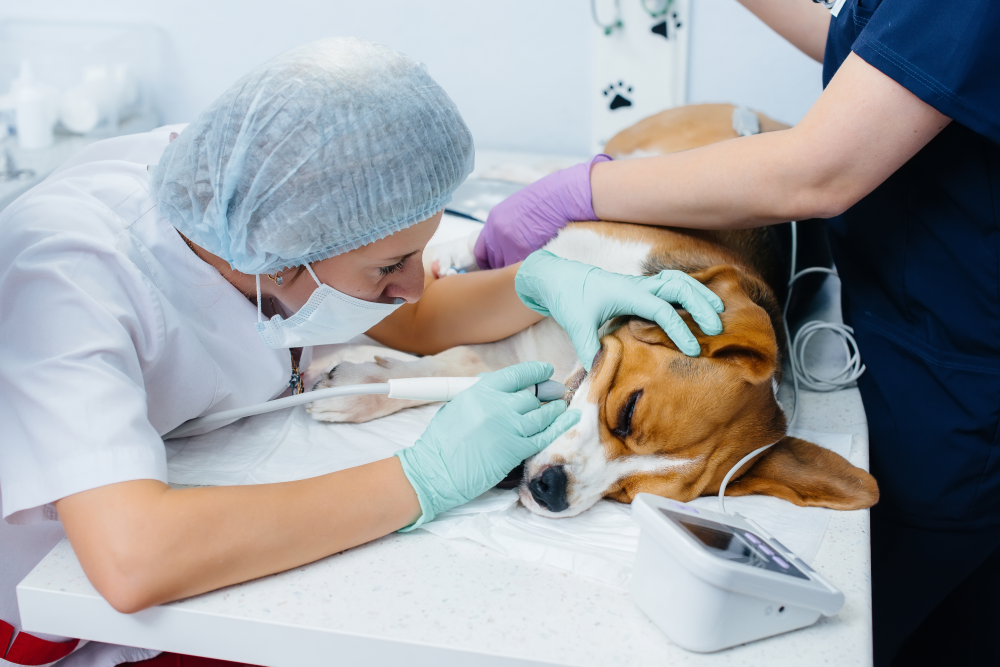
Preventing Dental Disease in Pets
To reduce the risk of future dental issues, consider at-home oral care and regular veterinary cleanings:
- Brush your pet’s teeth daily using a pet-safe toothpaste.
- Provide dental chews that are VOHC-approved to help control plaque. Learn about safe dental products for pets at the Veterinary Oral Health Council (VOHC).
- Schedule annual dental cleanings to remove tartar and assess oral health.
Trust Oliver Animal Hospital for Expert Pet Dental Care
Your pet’s oral health is essential to their overall well-being. If you notice signs of pain, bad breath, or difficulty eating, don’t wait—schedule a dental consultation today.
Request an appointment: Contact Us
Meet our veterinary team: Our Team
Explore our veterinary services: Dental Care at Oliver Animal Hospital



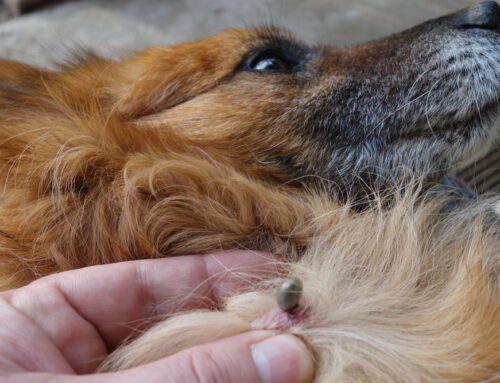
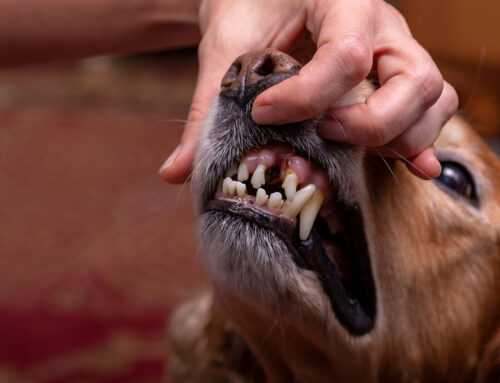
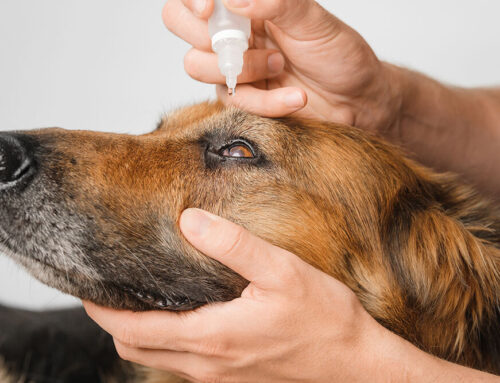
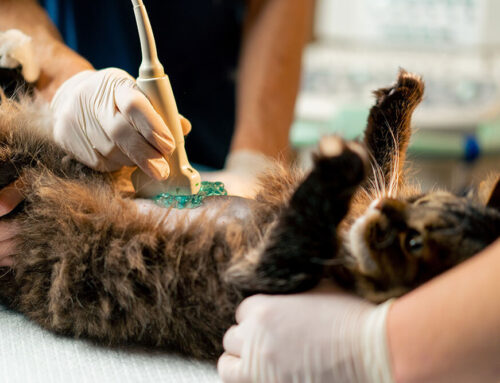
Leave A Comment